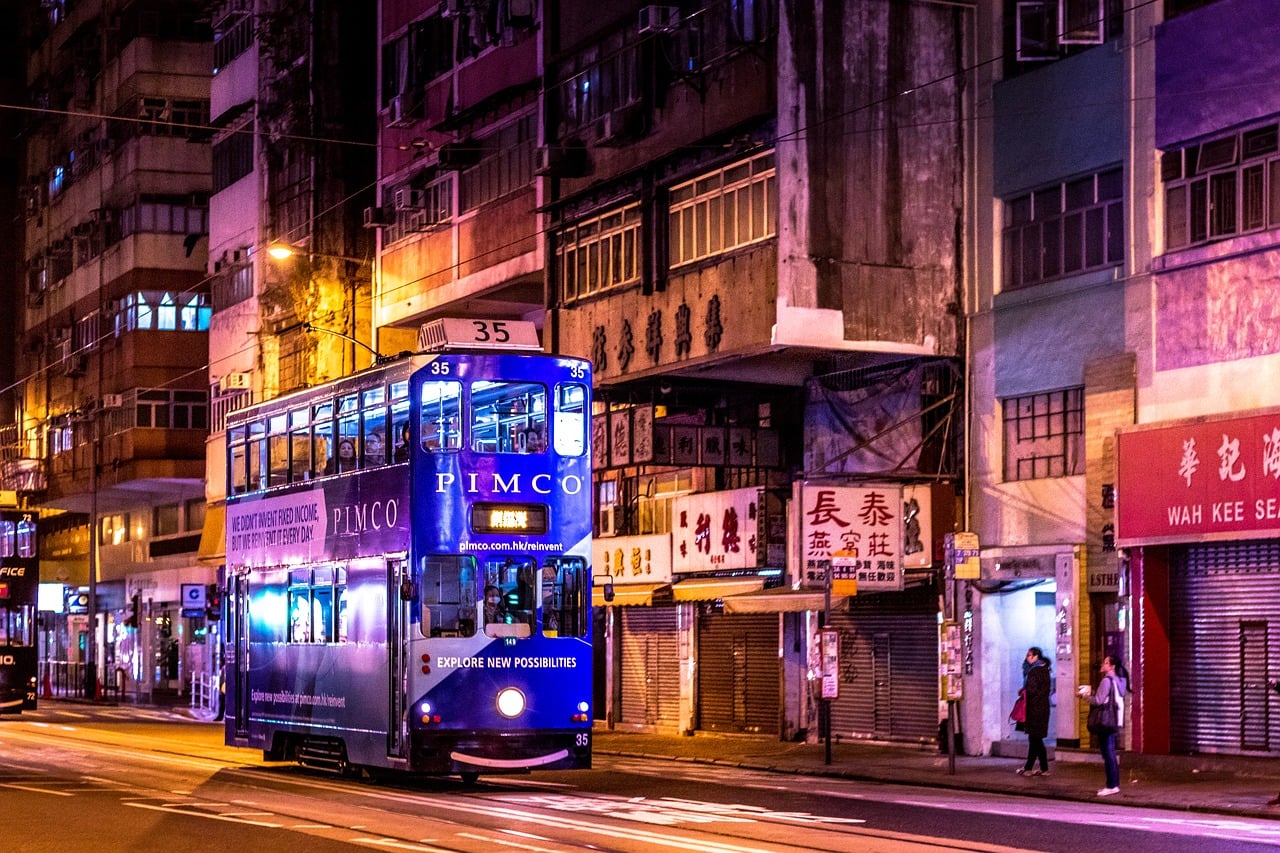Hong Kong did an excellent job at containing the first wave of the coronavirus, but now a second wave is hitting the city. This time around, city and health officials seem unprepared as travelers are unexpectedly bringing COVID-19 back in from other parts of the world.
Q4 2019 hedge fund letters, conferences and more
Early this month, Hong Kong's population of 7.5 million reported just 150 cases of the coronavirus. Meanwhile, the number of infections soared in other parts of Asia, including Japan and South Korea, and in Italy and other European countries. It seemed as if Hong Kong had the formula for keeping COVID-19 at bay, and many other countries started to follow in its footsteps.
However, as soon as Hong Kong let its guard down, a second wave of the coronavirus started to hit. The number of confirmed COVID-19 cases has nearly doubled over the last week, and many of those cases are imported, meaning travelers brought them back with them from other countries.
Hong Kong residents who study or work abroad are returning home to the relative safety of a city that had the pandemic under control locally. Unfortunately, travelers who aren't showing any symptoms of the virus are infected and bringing it back with them.
To fight the surge in imported cases of COVID-19, Hong Kong Chief Executive Carrie Lam announced that starting on Wednesday, the territory will no longer be allowing non-residents to enter.
Hong Kong lets its guard down
Hong Kong authorities were credited with keeping the first wave of the outbreak under control by instituting measures as soon as problems were reported in mainland China. Those measures included social distancing, virus mapping, hand washing and wearing masks. They became the blueprint for other nations dealing with the pandemic.
The territory kept the outbreak under control by using those measures, so it was proof that they worked. However, Hong Kong is providing an entirely different lesson for global health authorities. It shows what happens when restrictions are loosened too early.
Most of the 180,000 civil servants in Hong Kong returned to work on March 2 after weeks of working from home. Not long after, employees of other businesses started returning to work, and the city's public transportation was filled with people again.
At the time, there were only 100 confirmed cases of the coronavirus in the territory, although the number of cases were rising in Italy and other parts of the world. Mainland China was also reporting stabilization in the number of new cases.
Thus, it makes sense that Hong Kong officials would start to relax. Many residents still wore face masks when going out, although some people did not. Things were slowly getting back to normal. In the week after the return to work on March 2, there were just five new cases of COVID-19 in the city, and most of them were imported cases. However, it didn't take long for a second wave of the coronavirus outbreak to hit Hong Kong.
China is also dealing with a second wave
The second wave of the coronavirus in Hong Kong isn't the first we are hearing of a second round of infections. Mainland China has been dealing with a surge in imported cases as well. In fact, Beijing's top doctor said she was "very worried" about a second wave of COVID-19, especially as the number of imported cases continues to rise.
This week Guangzhou reported the first case in which a patient caught the coronavirus from someone who brought it back from another part of the world. The patient became ill after close contact with someone who entered China from Turkey. So far, no other imported cases in China are known to have spread domestically.
The patient started experiencing muscle pain and weakness on March 17 before being hospitalized three days later with a low-grade fever. He tested positive the day after he was admitted. He was in close contact with a woman who was in Istanbul between Jan. 22 and March 8 and returned to Guangzhou on March 9 after connecting through Bangkok.
She showed no symptoms when she entered China and mostly stayed home when she returned to the country. She was diagnosed with the coronavirus on March 21. Chinese authorities are urging all cities to quarantine everyone who arrives in China from countries where the virus has been detected for two weeks, whether or not they have symptoms.




